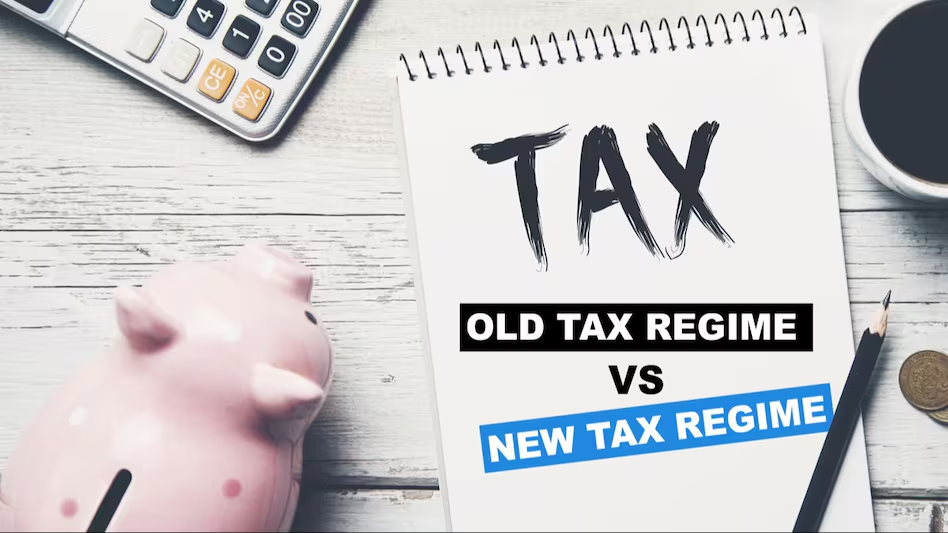

Selecting Between the Old and New Tax Schemes:
For many paid taxpayers, choosing between the new and old tax regimes might be confusing. The best option depends on the claims for deductions from gross total income, which lower taxable income. A decision that is well-informed requires an understanding of this equilibrium.
Choosing Your Tax System:
In order to choose the tax regime that best suits their needs, taxpayers frequently estimate their gross total income and deductions at the beginning. But at the end of the fiscal year, accurate computations are necessary before submitting taxes. It’s important to remember that, as long as they file their taxes before the deadline, individuals can change their tax regime. Additionally, the default option is now the new tax system, which means taxes will
New Tax System: Essentials:
Significant changes are brought about by the new tax system, which went into force on April 1, 2023, and will last for the current fiscal year (2024–2025). It includes new tax bands with lower rates and establishes a basic income exemption limit of Rs 3 lakh for all taxpayers. Under this scheme, salaried persons can choose between two deductions: an employer-funded NPS account up to 10% of their salary (or 14% for government employees) and a standard deduction of Rs 50,000 from their salary or pension income.
Evaluating the New and Old Tax Systems
It is important to note that the minimal deductions needed to balance the tax outgo under the two regimes differ depending on income levels. For example, people with varying gross taxable incomes require various
Demonstrating the Idea:
Let A and B be two people whose gross taxable incomes are Rs 8 lakh and Rs 12 lakh, respectively. Each financial year, both are eligible to deduct Rs 2.5 lakh, which includes a Rs 50,000 standard deduction. When their ultimate tax liabilities are computed with a 4% cess, subtle differences in tax consequences become apparent.
If the entire deduction of Rs 2.5 lakh is claimed, Mr. A, who has a gross taxable income of Rs 8 lakh, would pay less in taxes under the previous tax system. On the other hand, Mr. B, who has a gross taxable income of Rs. 12 lakh, feels that the new tax system is better even with the same deductions. The previous system only helped those with taxable earnings of Rs 12 lakh if they made additional deductions.
Allowances under the Former Tax System:
In the previous system, people may get tax exemptions by deducting different amounts from their gross total income. These deductions consist of the following: • Section 80C: By contributing to mutual funds, EPF, PPF, and ELSS, as well as repaying the principal on a home loan, individuals are eligible to claim deductions of up to Rs 1.5 lakh.
• Extra Deduction for NPS: If you invest in NPS, you can deduct an additional Rs 50,000.
• Health Insurance Premiums: Depending on age and coverage, different amounts of deductions are available for health insurance premium payments.
• Interest on Home Loan: Up to Rs 2 lakh in deductions are available for individuals who pay interest on a home loan.
• Interest Paid on Education Loans: Loan interest is acceptable.